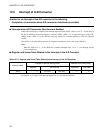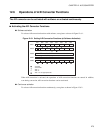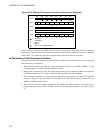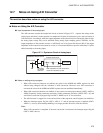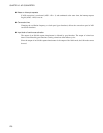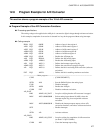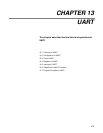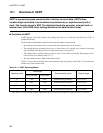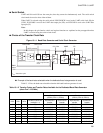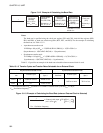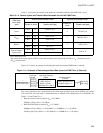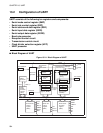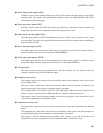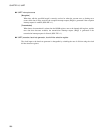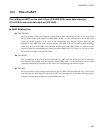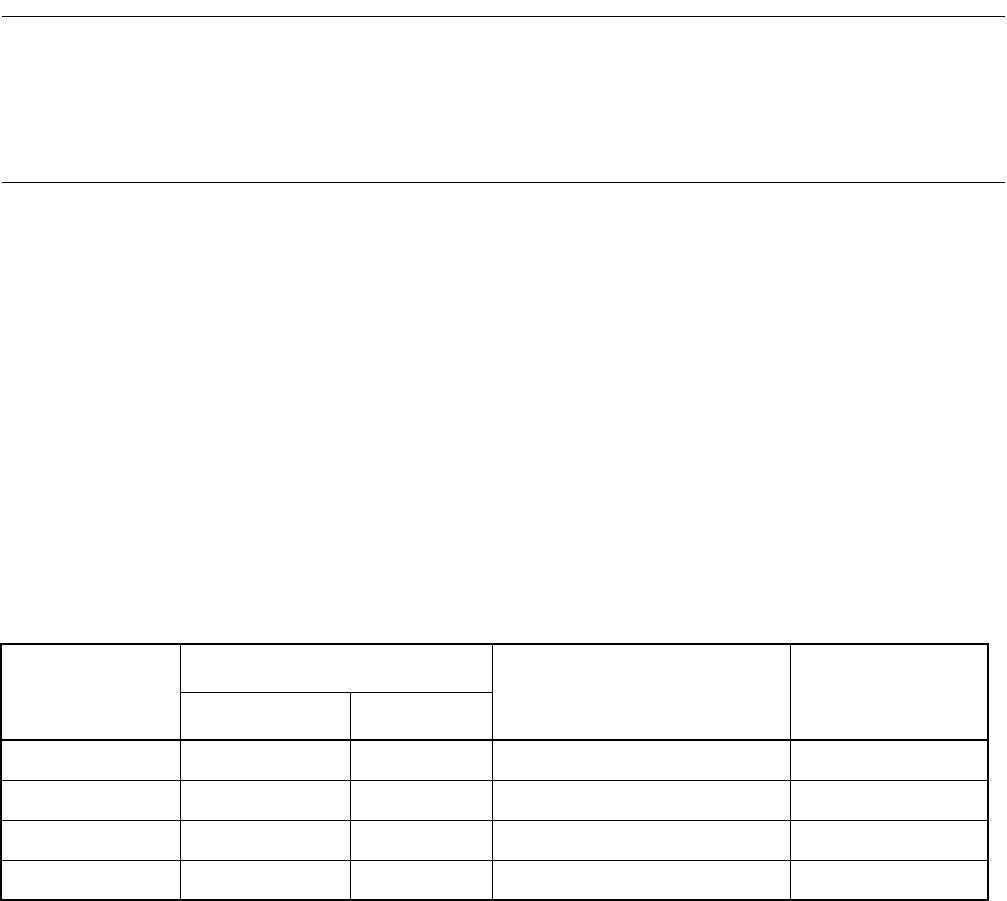
280
CHAPTER 13 UART
13.1 Overview of UART
UART is a general-purpose communication interface for serial data. UART allows
variable-length serial data to be transferred synchronously or asynchronously with a
clock. The transfer format is NRZ. The dedicated baud rate generator, external clock, or
internal timer (8-bit PWM timer) settings determine the data transfer format.
■ Functions of UART
UART supports (serial I/O) functions for sending serial data to, or receiving serial data from a CPU or
peripheral functions.
The full-duplex double-buffer enables bi-directional full-duplex communication.
• Synchronous data transfer mode or asynchronous data transfer mode can be selected.
• The internal baud rate generator allows one of 14 baud rates to be selected. Also, external clock input
and 8-bit PWM timer output allow user-defined baud rates to be specified.
• The length of data is variable. When no parity is used, 7 bits to 9 bits are available. When parity is used,
6 bits to 8 bits are available (Table 13.1-1 ).
• The data transfer format is NRZ (Non Return to Zero).
Table 13.1-2 provides the transfer rates of the dedicated baud rate generator, and Table 13.1-3 provides the
transfer rates of the external clock.
Table 13.1-1 UART Operating Modes
Operating mode
Data length
Synchronization mode Stop bit length
Parity not used Parity used
0 7 bits 6 bits Synchronous/asynchronous 1 bit or 2 bits *
1 8 bits 7 bits Synchronous/asynchronous 1 bit or 2 bits *
2 8+1 bits - Synchronous/asynchronous 1 bit or 2 bits *
3 9 bits 8 bits Synchronous/asynchronous 1 bit or 2 bits *
*: Only one bit is allowed for the stop bit length when data is received. The second bit is ignored even if it is received.



